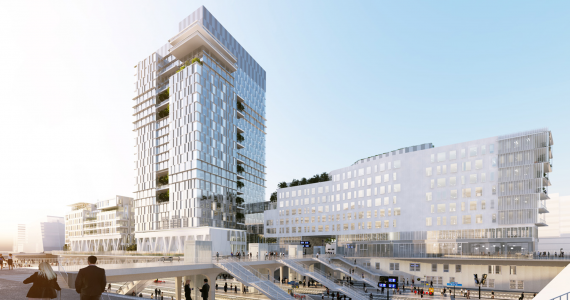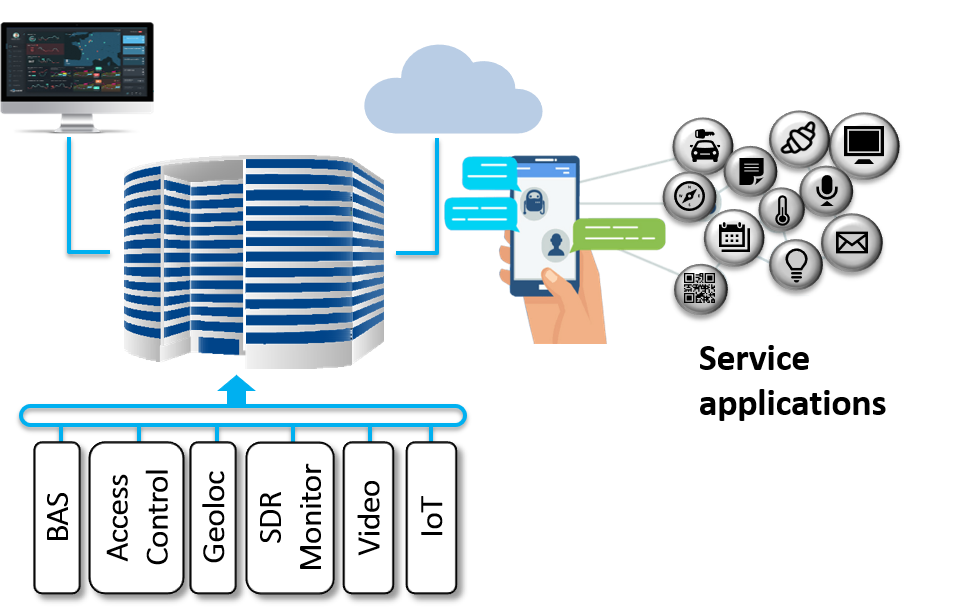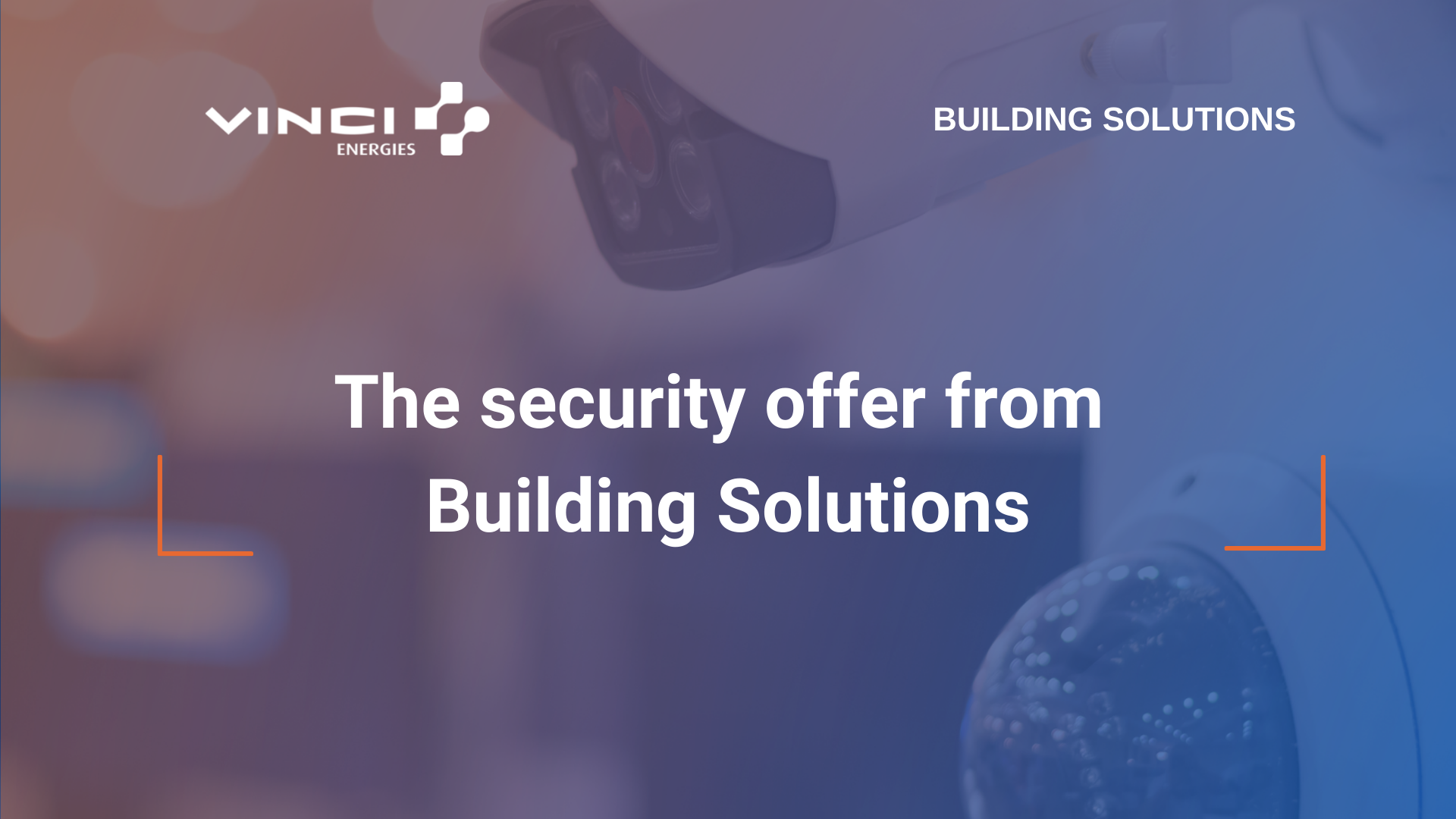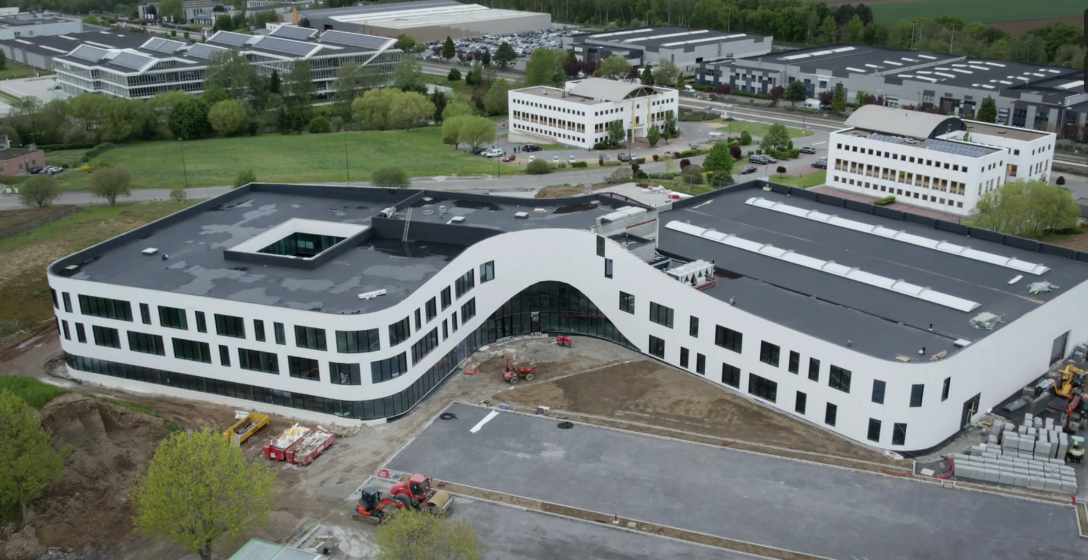
BOS: the required ingredient in the Smart Building
The Salon de l’Immobilier (SIMI) real estate trade fair held a conference on 5 December on the topic: “BOS: is the digital transformation of the building possible without FM?”
The speakers were:
- Philippe CONUS, Building Solutions Director, VINCI Energies
- Aymeric TISSANDIER, Engineering and Works Director, Building Solutions, VINCI Energies
- David ERNEST, Innovation & Energy Director, VINCI Facilities
- Julien DELBECCHI, IS Manager, VINCI Facilities
- Jérémie BELLEC, CEO, SPINALCOM
The plenary was highly informative. It shed light on a concept recently introduced in the building sector: the Building Operating System
The BOS: what is it, exactly?
Just as the smartphone now has its own operating system (for example, Windows) that can download any application from a store, the building of the future will also need to have its own IOS if it is to be completely digitalised and offer new services. This IOS is called the Building Operating System.
The various technical works packages making up the building (access control, video surveillance, climate control, etc.) currently constitute different systems, making it difficult to manage the building with today’s Building Automation Systems. But Engineering & Works expertise can be now be combined with building operation to make a BOS approach possible.
The Building Operating System is an intermediate software layer that collects, stores (locally or in the cloud) and organises data and makes it available for the various service applications.

The BOS is structured via:
- Open protocols: clear and open documentation;
- Geographical criteria: type of building, floor, application area;
- Technical criteria: equipment category used;
- Management criteria: which PLC controls which piece of equipment.
The smart building requires technical system interoperability
A smart building is a building that offers a range of services and that constantly evolves to meet new user and operator requirements.
Examples of services:
→ Geolocation within the building
→ Flex office and space occupation tracking
→ Access to canteen occupancy rate
→ Virtual remote controls
→ Asset tracking
For the building to be smart, systems must be de-compartmentalised. This involves choosing interoperable equipment to facilitate access to the data generated by the building’s technical components (HVAC, access control, etc.). The BOS meets the dual challenge of developing new services to meet end-user needs and enabling the systems to communicate with each other.
What are the advantages of the BOS?
“If you want your building to be digital and offer service applications, you can’t do without a BOS.” Jérémie Bellec, Directeur de Spinalcom.
The BOS will protect the building from obsolescence and ensure its scalability to meet changing end-user needs while ensuring independence and communication between systems and services.
It also supports synergy between the works and operation phases by ensuring that the best connected equipment is installed from the start. This is our added value in the market – we operate across the entire building value chain.
What are its applications?
Like a smartphone OS (Operating System) the BOS is designed to be applied in all types of building. If several buildings use the same BOS, the development cost of service applications is more easily amortised. In addition, the cost of the BOS must include the development of connectors, which are IT programmes that interface the database with a system producing data.
Building Solutions plans to pioneer the technology in the archipel, the site of our future head office in Nanterre, with a first full-scale implementation of the BOS. Shown below are the stages that will be rolled out at the site.

Did you like the article ?



